Applying Acrylic Resolene on leather is not only a great way to enhance its natural beauty but also acts as a protective shield against potential damage. By adding a thin layer of this remarkable solution, you can further extend the lifespan of your beloved leather pieces, ensuring they stay in pristine condition for years to come. If you’re curious about the process, keep reading for a detailed step-by-step guide that will walk you through how to apply Acrylic Resolene on leather, ensuring optimal results and long-lasting protection.
1. Clean Leather Surface
Before you get to the actual application of Acrylic Resolene on leather, it’s important to make sure the surface is dirt and debris-free. Start by wiping down your leather with a soft cloth or microfiber towel moistened in mild soap and warm water solution. Once all visible dirt particles have been removed, dry off the surface completely using a separate clean cloth.[2]
2. Apply Resolene
Once the leather has been dried and is ready for application, you can start adding the Acrylic Resolene. Make sure to use a lint-free cloth or sponge that’s designated specifically for this material and avoid any rough scrubbing as it may cause damage to its surface. Begin by applying an even layer of the solution in small circular motions all over the surface of the leather. Be sure to cover every area until you’re confident it’s been adequately saturated.[2]

3. Rub Resolene On the Leather
Once the layer of Acrylic Resolene has been applied, you can use a soft cloth to start rubbing it into the leather. Start from one end and work your way up in circular motions until you’ve covered the entire surface. This will help ensure that the solution is properly absorbed into the material and provides an even protective coat throughout. Make sure to be gentle during this step and avoid applying too much pressure as it may cause light scratches.[2]
4. Remove Excess Resolene
Once you’re done rubbing the solution into the leather, use a dry clean cloth to remove any excess Resolene. Begin by blotting gently in small circular motions until all of the visible liquid has been removed. Make sure to be gentle and avoid scrubbing as it may cause additional damage.[2]
5. Let Leather Dry
After the leather has been thoroughly wiped down, you’ll want to give it sometime to rest and dry. Avoid touching or using the material until it’s completely dry as any additional moisture may cause damage or disrupt the protective layer of Resolene. Depending on the size of your piece and environmental conditions, this process can take anywhere from a few hours up to an entire day.[2]
6. Buff Leather
Low to Medium Gloss Resolene Finish
Once the leather has been dried and is ready to be used, you can start buffing it with a soft cloth or microfiber towel. This will help give it a more even finish as well as bring out its natural luster. Begin by applying light pressure in small circular motions and gradually increase intensity until you’re satisfied with the results.[1]
Medium to High Gloss Resolene Finish
If you’re looking for a higher gloss finish, you can use an electric buffer or polisher to help bring out the shine. Begin by applying light pressure and gradually increase intensity until the desired level of gloss has been achieved. Make sure to be gentle and avoid using too much friction as it may cause scratches on the leather’s surface.[1]
High Gloss Resolene Finish
For a shinier finish, you can also use a high-gloss sealant or polish to help bring out the leather’s natural luster. Start by applying an even layer of the sealant or polish in small circular motions and increasing pressure as necessary until your desired level of gloss has been reached. Once you’re satisfied with the results, let it sit for several minutes before wiping off any excess residue with a clean cloth or microfiber towel.[1]
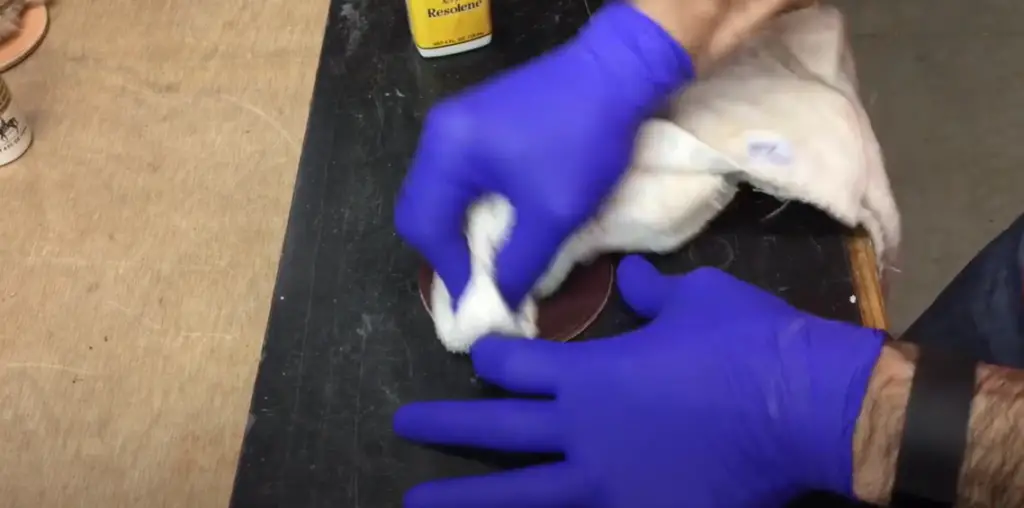
What is Resolene?
Resolene is a specialized type of finish that has been meticulously developed for optimal performance on various leather surfaces. This exceptional product is formulated with a thoughtful blend of high-quality oils, resins, and waxes, meticulously chosen to provide exceptional protection against dirt, dust, and potential damages that leather may encounter in its lifespan.
In addition to its protective qualities, Resolene also possesses the remarkable ability to enhance the natural luster of leather. By applying this unique finish, leather surfaces are bestowed with an additional layer of exquisite shine, enriching their overall appearance and ensuring long-lasting protection. With Resolene, your leather goods will not only be shielded from external elements but also radiate an undeniable charm that is sure to captivate.[2]
How do you apply Resolene?
Thinning Down Your Finish
Since Resolene is a liquid-based finish, it’s important to make sure it’s thinned down properly before applying it onto the leather. Start by adding an equal amount of mineral spirits to your solution and stir until the mixture is completely homogeneous. This will help ensure that you get an even coat that adheres better to the material without any patches or lines.[3]
Use a Sponge, Brush, or Cloth
Once the Resolene has been thinned down and is ready for application, you can begin using a sponge, brush, or lint-free cloth to apply it onto the leather. Begin by applying an even layer in small circular motions all over the surface of the material until you’re confident it’s been adequately saturated. Be sure to use gentle pressure throughout this step and to avoid scrubbing as it may cause light scratches.[3]
Use The Dipping Method
If you want to get a more even coat of Resolene, you can also try the dipping method. This involves submerging the leather completely into your solution for several minutes and then draining out any excess liquid. Once the material has been fully saturated, use a clean cloth or sponge to rub it in and ensure that every area is adequately protected.[3]
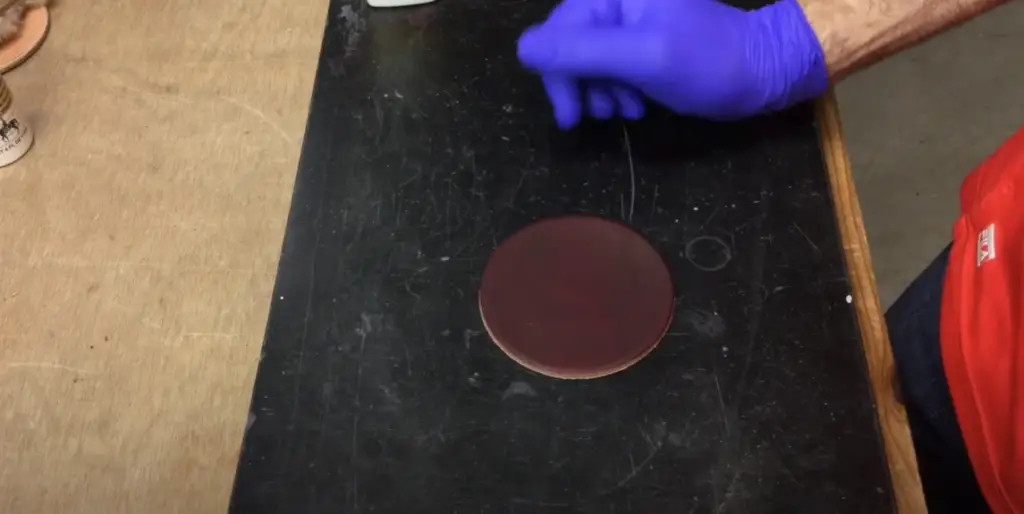
Applying Resolene With An Airbrush
Another option you can try is applying Resolene with an airbrush. This method involves using a special type of nozzle and compressor to spray the material onto the leather in thin layers. Start by setting up your airbrush, making sure that all connections are tight and secure before turning it on. Hold the nozzle about 6-12 inches away from the surface and begin spraying in an even, circular motion until you’ve reached your desired coverage. Once you’re done, let the material dry for a few minutes and then apply a protective sealant or wax to ensure an even finish.[3]
Finish The Finish
Once you’ve applied the Resolene, use a soft cloth to rub it into the leather in small circular motions. This will help ensure that the solution is properly absorbed and provides an even protective coat throughout. Make sure to be gentle during this step and avoid applying too much pressure as it may cause light scratches or scuffs.[3]
Troubleshooting Resolene Issues
Resolene Not Drying Properly
If you’re having trouble getting the Resolene to dry properly, there are a few things you can try. First, make sure that the room temperature is within an optimal range and isn’t too hot or humid. This will help ensure that the material dries evenly without any patches or streaks. You can also try running a fan over the leather to help speed up the process.[4]
Resolene Not Absorbing Properly
If you’re having trouble getting the Resolene to absorb properly, you may need to thin down your solution a bit more. Start by adding an equal amount of mineral spirits and stirring until the mixture is completely homogeneous. Once the material has been sufficiently thinned down, try applying it onto the leather again and see if this fixes the issue.[4]
Resolene Appearing Streaky or Patchy
If you notice that your Resolene finish is appearing streaky or patchy, you may need to adjust the amount of pressure you’re using. Start by lightly buffing the leather with a soft cloth or microfiber towel and gradually increase pressure until you’re satisfied with the results. Make sure to be gentle and avoid using too much friction as it may cause scratches on the surface of the material.[4]
Why is my resolene cracking when I bend or flex my leather?
This is usually caused by not applying enough of the Resolene solution to the leather. It’s important to ensure that you’re applying an even layer throughout and that all areas have been adequately saturated. You can also try thinning down your solution a bit more with mineral spirits to help make it easier for the material to absorb. Make sure to be patient when applying the Resolene as it can take several layers to achieve a satisfactory finish. Once you’ve applied enough of the solution, flexing and bending your leather should no longer cause any cracking or peeling.[2]
Why is my resolene tacky and sticky?
If your Resolene finish is coming out tacky or sticky, you may need to let it sit for a few minutes before wiping off any excess residue. Start by applying an even layer of the solution in small circular motions and increasing pressure as necessary until your desired level of gloss has been reached. Once you’re satisfied with the results, let it sit for at least 5-10 minutes before wiping off any remaining residue with a clean cloth. This should help to ensure that the material dries properly and isn’t left feeling tacky or sticky.[2]
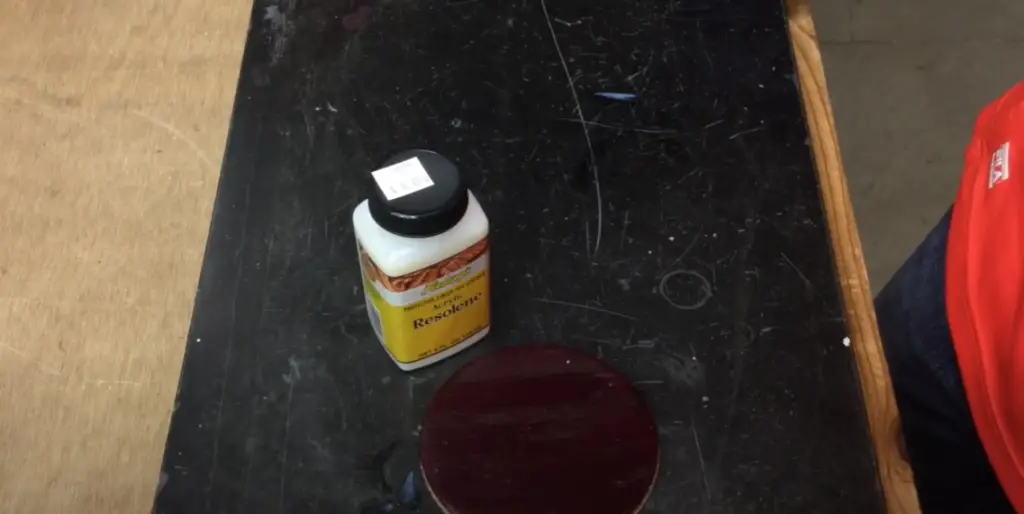
FAQ
Does Resolene seal leather?
Yes, Resolene is a great sealant for leather and can help protect it from dirt, dust, moisture, and other potential damages. This unique finish also helps to enhance the leather’s natural luster by providing it with an added layer of shine and protection.
What is acrylic Resolene used for?
Acrylic Resolene is a common finish used to protect and beautify leather goods. This unique material helps to seal the surface of the leather, preventing dirt and moisture from penetrating and causing damage. It also enhances the natural luster of the leather while providing it with an added layer of protection against everyday wear and tear.
Should I dilute Resolene?
Yes, you should always dilute Resolene before applying it to the leather. This helps to ensure that it is applied evenly and absorbed properly. You can achieve this by mixing equal parts mineral spirits with your Resolene solution until a homogenous mixture is formed. This will help to make sure that your leather gets the best possible finish without any patches or streaks.
How long does to let resolene dry between coats?
It is recommended to let Resolene dry for at least 5-10 minutes between coats. This will help ensure that the material fully absorbs and sets properly before applying an additional layer. Make sure to completely wipe off any remaining residue before reapplying, as this can cause unevenness in the finish. If you’re using an airbrush, try running a fan over the leather to help speed up the process.
Is Resolene waterproof?
Yes, Resolene is an excellent waterproofing solution for leather goods. This unique finish helps to seal the surface of the leather and prevent dirt, dust, moisture, and other potential damages from penetrating and causing harm. It also provides an additional layer of protection against everyday wear and tear while enhancing the natural luster of the material.
Is Resolene permanent?
Yes, Resolene is a permanent finish that helps to protect the leather from dirt and moisture. However, it may need to be reapplied every couple of months in order to maintain its effectiveness. Regular maintenance will help ensure that your leather goods stay in top condition for years to come.
Useful Video: How to Apply Fiebing’s Acrylic Resolene (Dye Sealant)
Conclusion
Achieving a satisfactory Resolene finish on leather can be tricky, however with enough practice and patience you should eventually be able to obtain excellent results. Make sure to thin down your solution before applying it and use an even pressure when buffing the material. Additionally, be sure to let the resolene dry completely between coats and always wipe off any excess residue before reapplying. Following these simple steps should help you achieve the perfect Resolene finish every time.
By using Resolene on leather, you will be able to protect and enhance its natural luster while also preventing dirt and moisture from penetrating and causing damage. This unique finish is both waterproof and permanent, making it ideal for anyone looking to keep their leather goods in top condition for years to come. With the right know-how and a bit of patience, you too can achieve a beautiful and professional finish that will last.
Happy crafting!
References:
- https://www.leatherskill.com/how-to-apply-resolene-on-leather/
- https://theleatherguy.org/blogs/how-to/how-to-easily-apply-and-troubleshoot-fiebings-resolene
- https://www.sailrite.com/Fiebings-Resolene-Acrylic-Finish-for-Leather-Neutral-32-oz
- https://en.lial.biz/fiebings-acrylic-resolene

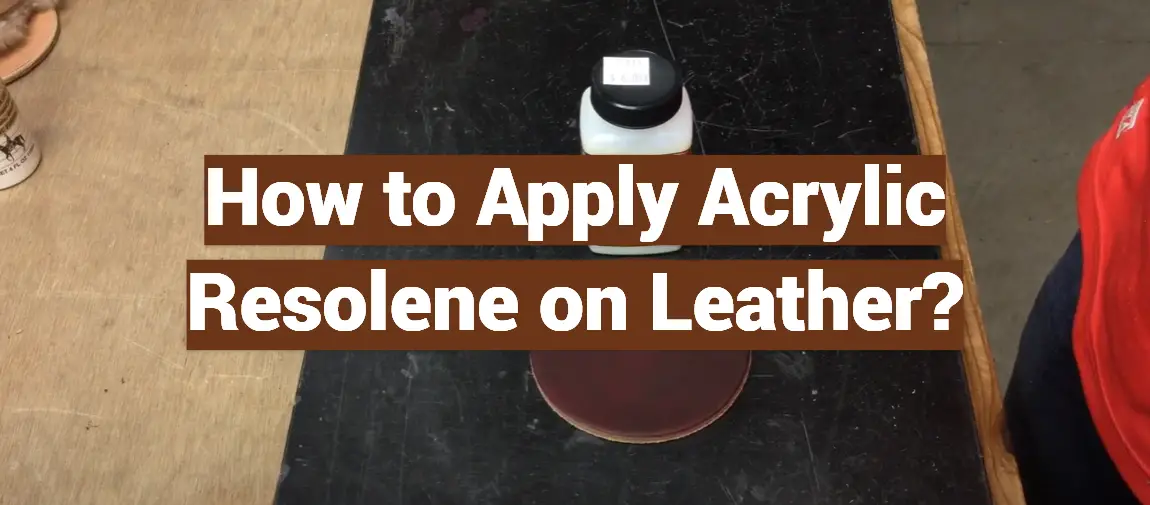

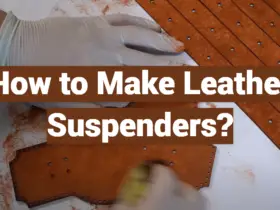

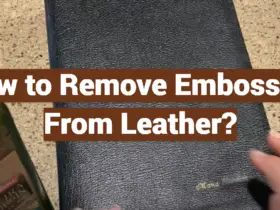

Leave a Reply